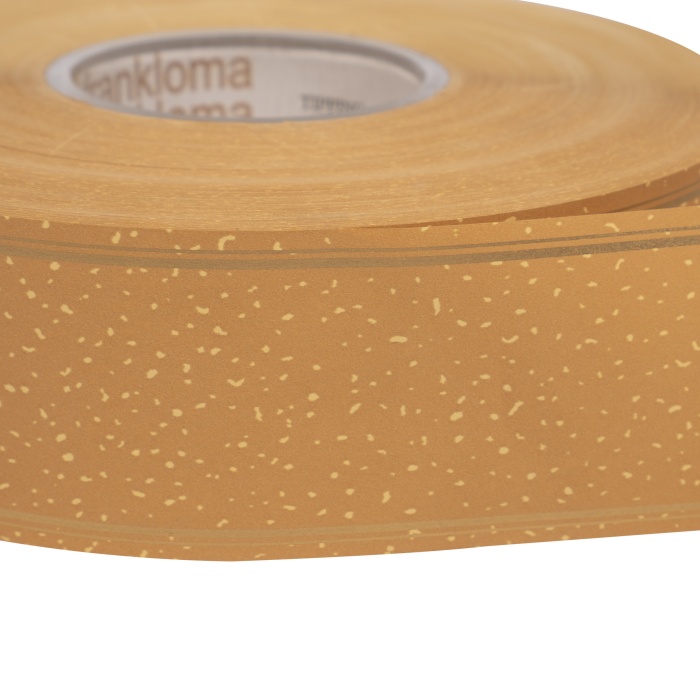Tipping paper, also known as cigarette paper or plug wrap, plays a crucial role in the smoking experience. It affects burn rate, taste, and even the structural integrity of a cigarette or cigar. With various materials, thicknesses, and treatments available, choosing the right tipping paper can be overwhelming.
This guide explores different types of tipping paper, their properties, and how they influence smoking. Whether you’re a manufacturer, a rolling enthusiast, or simply curious, this comparison will help you find the best option for your needs.
1. What Is Tipping Paper?
Tipping paper is the thin, porous material that wraps around the filter and the part of the cigarette that touches the lips. Its primary functions include:
- Holding the filter in place
- Providing a smooth mouthfeel
- Controlling air dilution (for ventilated filters)
- Enhancing aesthetics with printed designs
Unlike rolling paper, which burns, tipping paper does not ignite. Instead, it remains intact while the tobacco burns.
2. Key Factors to Consider When Choosing Tipping Paper
Before diving into different types, let’s examine the key factors that influence tipping paper selection:
A. Material
- Paper-based: Standard, cost-effective, and widely used.
- Plastic-coated: Offers durability and moisture resistance.
- Biodegradable: Eco-friendly options for sustainable brands.
- Determines how much air mixes with smoke, affecting strength and smoothness.
- High porosity = lighter draw, low porosity = stronger smoke.
- Thinner paper (25-35 GSM) = softer feel.
- Thicker paper (40+ GSM) = more durability.
- Brands often print logos, patterns, or ventilation indicators.
- Options include offset printing, flexography, or embossing.
- Cold seal (pressure-sensitive) vs. hot melt (heat-activated).
- Affects production speed and bond strength.
B. Porosity & Air Permeability
C. Thickness (GSM – Grams per Square Meter)
D. Printing & Customization
E. Adhesive Type
Now, let’s compare the most common types.
3. Types of Tipping Paper & Their Applications
A. Standard Paper Tipping
- Material: Wood pulp or flax-based paper.
- Porosity: Medium (adjustable for ventilation).
- Thickness: 30-40 GSM.
- Pros: Affordable, customizable, good printability.
- Cons: Less moisture-resistant than synthetic options.
- Best for: Mass-market cigarettes, budget-friendly brands.
- Material: Paper with a thin polyethylene (PE) or polypropylene (PP) layer.
- Porosity: Low (unless micro-perforated).
- Thickness: 35-50 GSM.
- Pros: Water-resistant, durable, glossy finish.
- Cons: Less eco-friendly, harder to print on.
- Best for: Premium cigarettes, humid climates.
- Material: Usually paper or plastic-coated.
- Porosity: High (due to laser or mechanical perforations).
- Thickness: 30-40 GSM.
- Pros: Reduces tar intake, smoother smoke.
- Cons: Can dilute flavor if over-ventilated.
- Best for: Light cigarettes, health-conscious smokers.
- Material: Paper with printed wood/cork patterns.
- Porosity: Medium.
- Thickness: 35-45 GSM.
- Pros: Aesthetic appeal, premium look.
- Cons: No functional advantage over plain paper.
- Best for: Luxury brands, cigars, artisanal products.
- Material: PLA (polylactic acid) or plant-based coatings.
- Porosity: Adjustable.
- Thickness: 30-40 GSM.
- Pros: Eco-friendly, compostable.
- Cons: Higher cost, limited availability.
- Best for: Sustainable brands, organic tobacco products.
- Budget-friendly option: Standard paper tipping.
- Premium feel: Plastic-coated or cork-style.
- Light/low-tar cigarettes: Perforated tipping.
- Traditional look: Cork or woodgrain patterns.
- Durability: Plastic-coated for humidor storage.
- Smoothness: Thin, uncoated paper.
- Customization: Printed designs for personal use.
- Biodegradable PLA tipping or unbleached paper.
- Smart Tipping: Embedded micro-holes that adjust airflow dynamically.
- Flavor-Infused Paper: Adds subtle taste enhancements.
- Anti-Counterfeit Features: Holograms or QR codes for brand security.
B. Plastic-Coated Tipping Paper
C. Ventilated (Perforated) Tipping Paper
D. Cork or Woodgrain Tipping
E. Biodegradable Tipping Paper
4. How to Choose the Right Tipping Paper for Your Needs
For Cigarette Manufacturers:
For Cigar Makers:
For DIY Rollers:
For Eco-Conscious Brands:
5. Future Trends in Tipping Paper
Conclusion
Selecting the right tipping paper depends on your priorities—cost, durability, aesthetics, or sustainability. Standard paper works for most, while plastic-coated and perforated options cater to premium and light cigarettes. Eco-friendly alternatives are gaining traction as environmental concerns grow.
By understanding these differences, you can make an informed choice that enhances your product’s performance and appeal. Whether you’re a manufacturer or a hobbyist, the perfect tipping paper is out there—just match it to your needs!
Post time: Aug-07-2025

